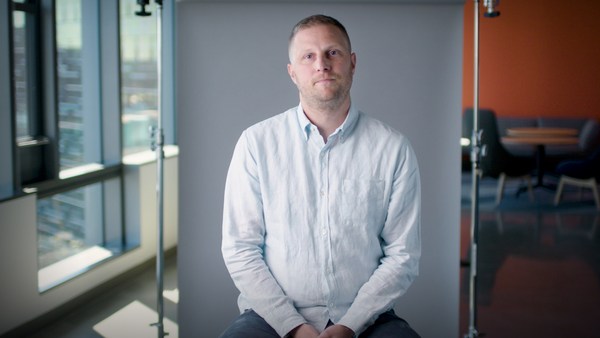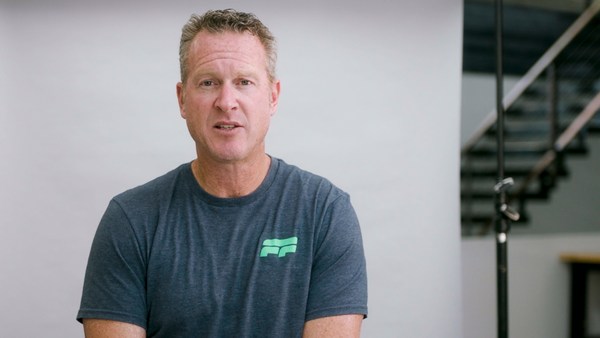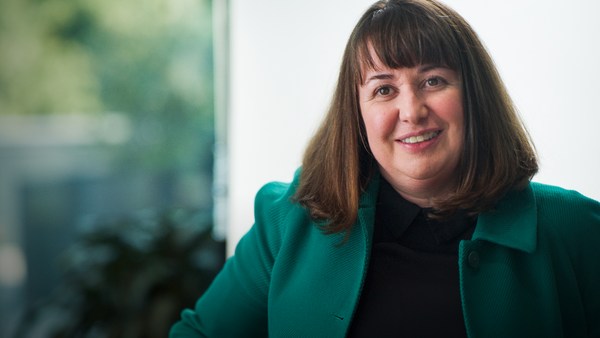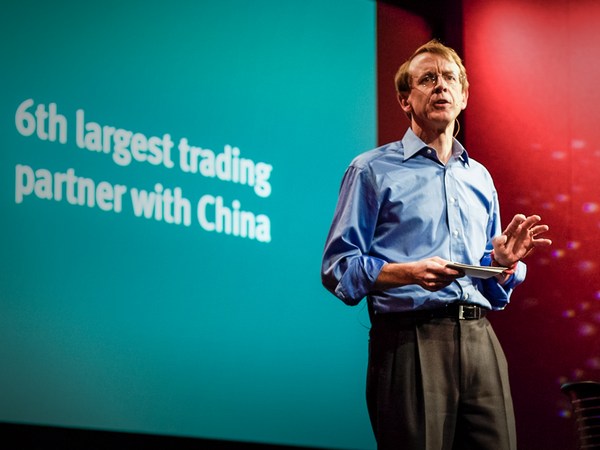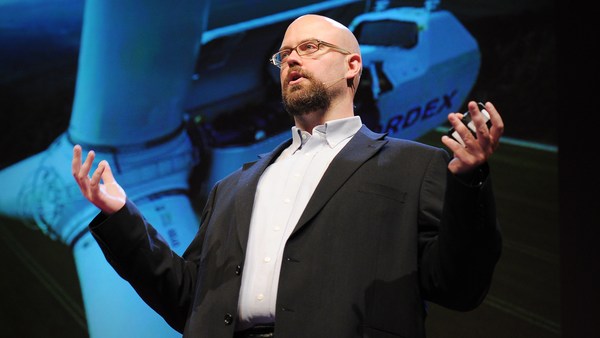The number one source of carbon emissions in the United States is coming from transportation. Globally, it's number two. And the majority of that comes from our personal use, our cars and trucks.
How do we consume less energy while meeting the needs that people have of transportation?
[In the Green: The Business of Climate Action]
[Presented by TED Countdown and The Climate Pledge]
[Wayne Ting, Company: Lime]
[Sector: Micro-mobility Location: USA]
The majority of car trips in the world today are less than five miles. It’s a simple question: Can we get more people to drive less and bike more and scooter more to where they go? The average trip on an e-bike or e-scooter produces less than seven percent carbon emissions of an equivalent car trip. Micro-mobility is dramatically more green than alternatives, and we're working every single day to reduce our own carbon emissions even further.
So what sometimes happens is that a company would say, "What is the dirtiest part of our business? Let's just outsource it. And if we outsource it, we've solved our problems."
But that doesn't actually solve your problem because somebody else is polluting and emitting. If we're going to live up to our own ideals then we need to do the core of what folks have always done: reduce, reuse and recycle.
The early days of micro-mobility, we took a consumer scooter or a consumer e-bike and we put it into a commercial space. And what that meant was that our average scooter lasted a month. Imagine that, every month we need to buy an entire fleet for the world. And that was not green. And it created an enormous amount of shipping cost, manufacturing cost, upstream and ultimately it created problems in terms of end of life of our scooters and e-bikes. And so we found manufacturing partners that can build scooters and e-bikes that last four years, five years, rather than a month.
We also then said, OK, it's not just how long it lasts, it also depends on how many of the parts we can reuse. And so we started to say, let's redesign our entire e-bikes and e-scooters so that if a scooter does break, we can take it apart and reuse many parts of that scooter. We started to use a swappable battery technology. Not only does it increase the life, it also reduces the number of trips we have to take back and forth to actually support our fleet. And we're constantly working to reduce the amount of waste that we actually send to landfill.
As our batteries get to the end of life, they may not have sufficient charge to power an e-bike, but that battery can still power many, many things. We started partnering with a portable speaker maker, and we take that battery that today doesn't have enough juice to power somebody on a scooter and we turn it into the battery for the portable speaker, and it extends and it recycles into that life. A lot of these things wouldn't be part of our direct carbon emissions, but we care about it because the thing that we have to count is the true end to end life cycle of our products.
When I look across all these things, it's not one thing, it's not two things, it's 100 little actions we do. And it starts with understanding and measuring our own environmental impact and challenging ourselves to do better. We have to work at building a future of transportation that is shared, affordable, but most importantly, carbon-free.
